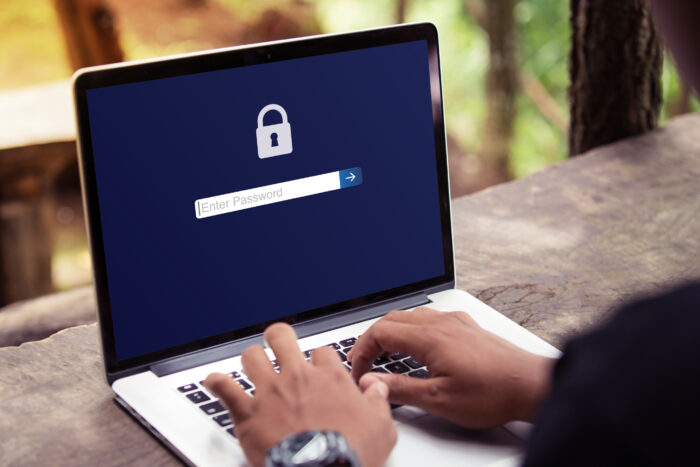Every business, irrespective of its size and nature, is at risk of cyberattacks. With a growing number of cybercrime cases reported worldwide, the right strategy to identify, manage, and mitigate these risks has become more important now than ever.
It’s suitable to implement the best safety practices with the help of a cybersecurity company offering the best risk management system in Romania. This way, you can have peace of mind knowing that all your security concerns are addressed by professionals specializing in the IT industry.
In the meantime, let’s discover some easy and effective tips for identifying and mitigating cyber threats to an organization.
Steps for Assessing Security Threats
The first step to mitigating these risks is identifying their impact on your profitability, productivity, and overall workflow. This makes it easier to customize the risk mitigation strategy to suit your business’ risk tolerance level. Here are the tips for assessing security threats.
Create a List of the Most Valuable Assets
Assuming that most small and medium-scale businesses have limited budgets for risk management strategies, the first step for risk identification is to identify the mission-critical assets. Prepare a list of all cloud-based and on-premises assets. You can categorize them into high-priority, major, and minor assets based on the following criteria:
1. Their legal worth
2. Value of the asset
3. Potential impact on the company and its employees
Certain assets, like users’ confidential data, physical environment, and interfaces, must be included in your risk management strategy to avoid compliance issues.
Identify Threats
Threats are not just malicious attacks, but anything from hardware failure to accidentally deleting an important backup file can pose a threat to the organization’s security. When identifying threats, take both internal and external attacks into consideration.
The threats can range from impersonation to ransomware attacks. For instance, someone from your organization or an outsider can steal the privileged user’s login credentials to access your sensitive data. They can impersonate any user from the top-tier management level for impersonation attacks.
Your employees can also accidentally give outsiders access to your system by clicking on a malicious link or downloading infected software.
Determine the Impact of the Security Threats

Source: forbes.com
Start with analyzing the chances of an attack taking place. You can use the high, medium, and low categories to figure out the actual risk of that attack based on your organization’s vulnerabilities. At this stage, you must also assess the cybersecurity policies in place and their effectiveness against these risks.
The next step is to identify the potential impact of this threat on your organization. Does the risk present any challenge to your employees’ confidential data? Is there a risk the attacker can expose your customers’ sensitive details? Or, what’s the likelihood of the attack disrupting your workflow and affecting your organizational efficiency? Based on these factors, you can prioritize risks that must be managed immediately. You can also filter out the risks that have little to no impact on your workflow.
Steps for Controlling Threats
Any security risk has a significant impact on your business’ reputation. You don’t want to lose your integrity and customer trust just because you couldn’t secure your business assets. Fortunately, assessing the risks will give you a clear picture of some risk-control strategies that can offer the best protection against security threats. Here are a few tips that can help.
1. Use Data Encryption and Backups

Source: connect2geek.com
Encrypting your data will prevent unauthorized users from reading the information even if they somehow gain access to the sensitive files. It limits data access to only authorized users that have an encryption key.
It’s equally important to have data backup in place. If a security breach occurs despite all your efforts and safety practices, you should have a backup to restore everything back to normal. The backup should include at least 2-3 copies of your data stored in different places, one of which should be off-site.
2. Train Your Employees
Many cyberattacks occur because of employees’ negligence. Phishing attempts, for example, have become common lately. The attackers send a malicious link, which gives them access to the company’s systems as soon as the employee clicks on it.
Malicious links look authentic. A trained and experienced hacker does it professionally to make it look as original as possible. That’s what tricks employees into giving these hackers quick and easy access to the organization’s sensitive assets.
Make employee training a part of your cybersecurity strategy. Keep them up-to-date with the latest attacks, their impacts on the organization, and how to prevent them.
3. Use Strong Password Policies

Source: helixstorm.com
Sadly, attackers don’t need professional tools and strategies to attack a device. They only need to guess the default password that you did not change since the new software arrived. Make it a habit of changing default passwords for each device, whether it’s a router or a computer. Your employees must also change their login credentials every month.
Setting a strong password can help prevent security risks to a great extent. This is usually a combination of letters, digits, special characters, and upper & lowercase characters. Do not use any personal information in the passwords, and never keep the same passwords for all accounts. A strong password policy is especially important for privileged users, as these accounts are at a high risk of getting attacked.
4. Update Your Systems
An outdated software (whether installed on-premises or in the cloud) acts as an open invitation to the attacker. That’s because these applications still have bugs and vulnerabilities, which are fixed in the new versions. It’s best to install a patch management system that automatically detects new software updates and installs them without manual intervention.
The rapidly progressing technology has helped companies implement the latest security tools to mitigate cybersecurity threats. But the same technology has also opened new opportunities for attackers to target businesses that deal with sensitive data. Assessing risks, prioritizing them based on their organizational impact, and developing a mitigation strategy to prevent them are some basic strategies to avoid cybersecurity risks.




